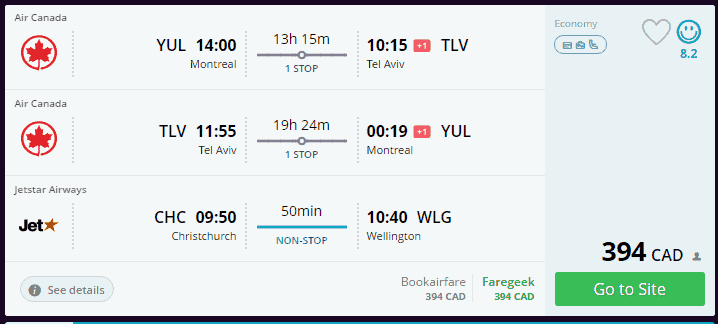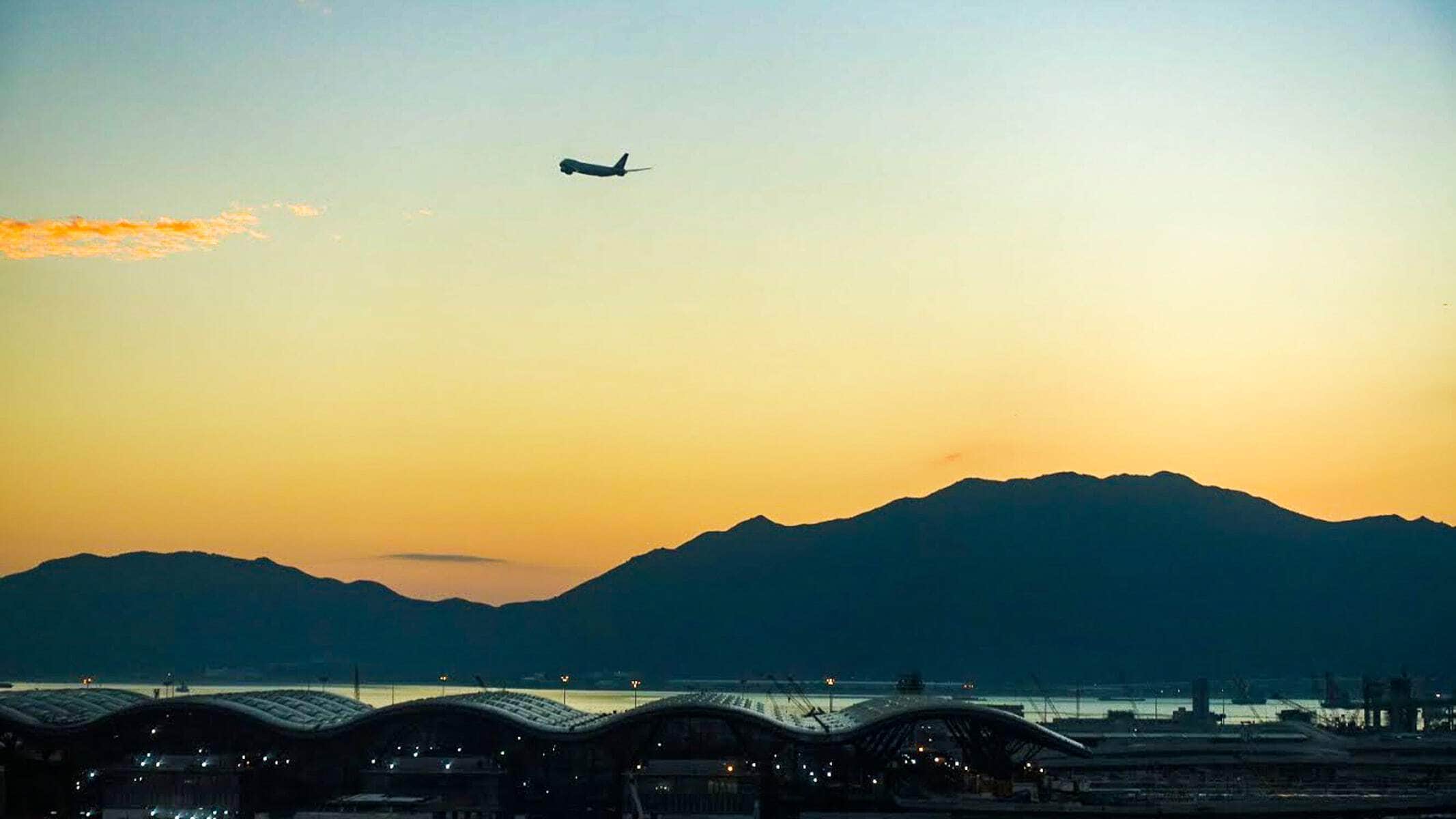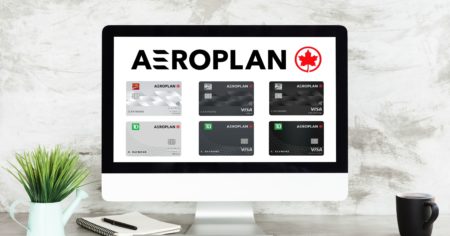
In our previous article on low cost flight alerts we mentioned fuel dumping as one of the sources of these good prices. We take the opportunity of this article to talk about it in more detail.
In the aviation world, fuel dumping is an operation to offload fuel in order to land. Aircraft must respect certain constraints during landing, notably weight. When an unforeseen event occurs, such as a medical emergency or mechanical problem, and the pilot decides to land, fuel must be dumped to meet these requirements.
Fuel surcharge
We talk about it regularly, the companies charge their passengers fuel surcharges. These are the famous YQ (or YR) taxes in the code used in the details of a ticket fare. Nowadays, they can be called by a more generic name: operator imposed overload.
Here is a ticket from Paris to Montreal with Air Canada. Notice a YQ line that runs at $456 out of $826, more than half the price of the ticket!
Pricing errors and fuel dumping
Some of the pricing errors we relay in our facebook group come from a problem on some tickets with this fuel surcharge. The practice of finding these errors is called fuel dumping. The ticket is “relieved” of these taxes and therefore we can arrive at very low prices.
Techniques for finding fuel dumping
How to get rid of these taxes? There are two main ways: 1x and 3x techniques.
The general principle is to add flight segments to an itinerary to eliminate surcharges on the entire ticket. Why? There is no hard and fast rule, but this is a limitation of reservation systems. Combining several companies or geographical areas will cause the taxes to disappear.
Let’s take the (fictional) example of the Paris-Montreal trip. The basic route will be:
- Montreal -Paris
- Paris – Montreal
In the case of 1x, you add a segment at the beginning:
- Detroit – Montreal
- Montreal -Paris
- Paris – Montreal
and in the one of the 3X this segment is at the end:
- Montreal -Paris
- Paris – Montreal
- Montreal – Detroit
The 3x is much more practical because in the case of the 1x you must make this flight because otherwise the company will cancel the rest of the ticket if you do not show up at the airport. In the case of the 3X, the segment is at the end of the trip, so you just have to go home 🙂
Examples of continuous routes have been given, but there is nothing to prevent the third segment from being between two airports that have nothing to do with the first two, as is often the case:
- Montreal -Paris
- Paris – Montreal
- Seoul – Shanghai
Yes, this is a special route, but this is the kind of routing that makes things interesting.
Here is an example that occurred last week with an alert posted on our Facebook group: Montreal – Bombay, Delhi, Dubai or Tel Aviv for only $370 CAD! You can see that the third segment between Christchurch and Wellington is not really connected to Montreal or Tel Aviv…

Conclusion: rules and precautions to follow
First rule: you need a fare where the fuel surcharges represent a significant part of the total, otherwise the interest disappears. Some airlines like Japan Airlines which have lowered these taxes are no longer good candidates for the main route.
Second rule: it is very difficult to find a good fuel dumping because there is no pre-determined route. There is no easy tool to find them. This requires extensive research.
Third rule: don’t call the airline to check or change your ticket! You risk having your ticket cancelled!
Fourth rule: in the framework of the 3X that passes through your departure airport you will not be able to check in any luggage. Because otherwise they will end up at the final destination in many cases…
Fifth rule: if you book a ticket that is the result of an error such as fuel dumping, wait for confirmation from the airline with a definitive ticket number. Do not make any other non-cancellable or changeable reservations such as hotel or car reservations.






